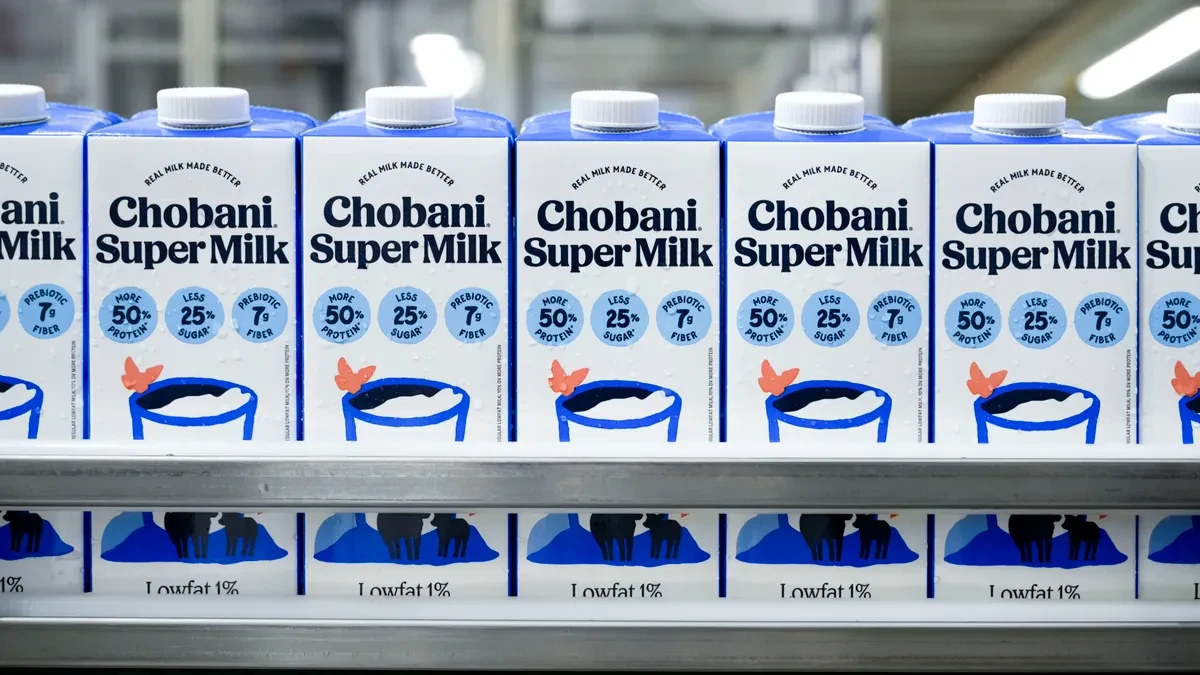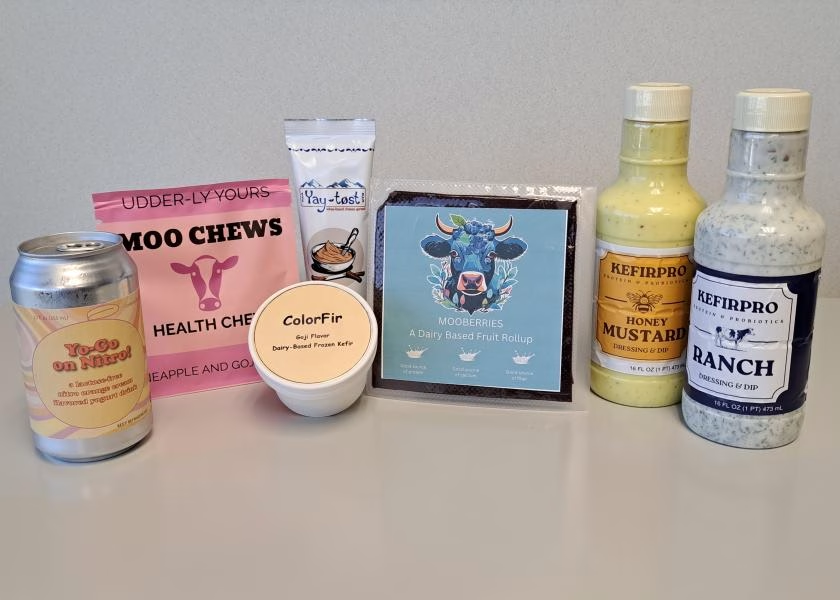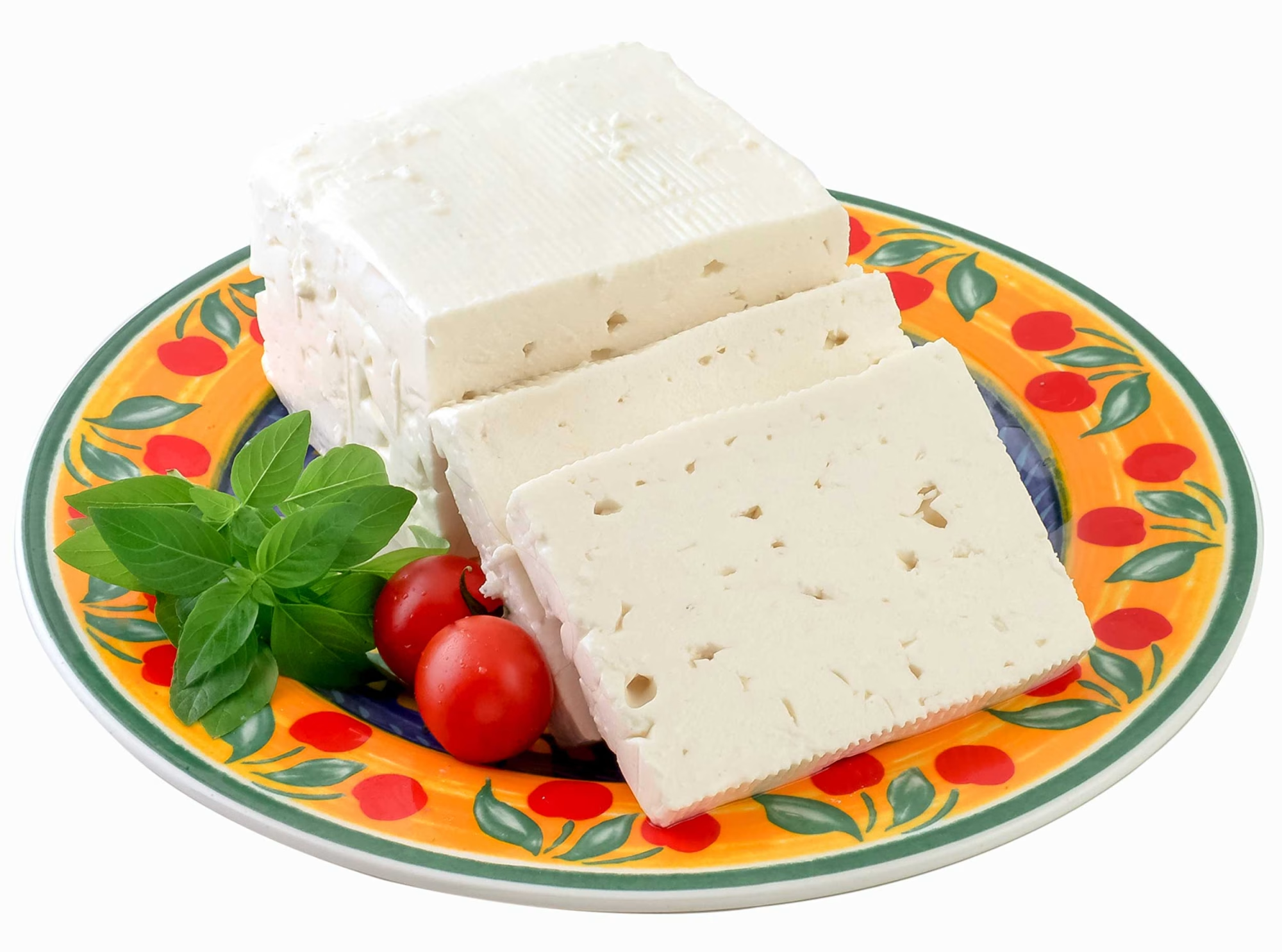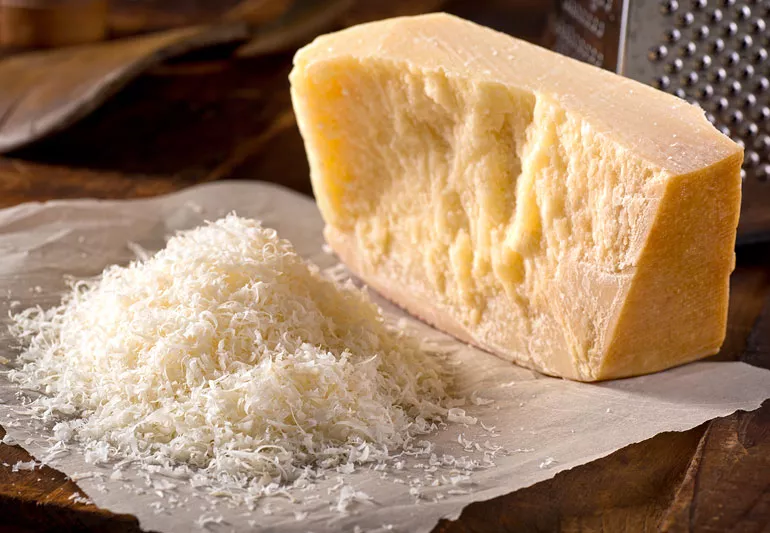Explore how Chobani’s innovative Super Milk is addressing food insecurity and supporting disaster relief efforts. Can this shelf-stable, nutrient-dense milk create a positive impact in your community?

Imagine having to cope with a natural calamity and requiring food. Imagine if a dairy breakthrough might have a significant impact. Chobani LLC tackles this with low-fat, shelf-stable dairy meant for disaster assistance and underprivileged areas using Chobani Super Milk. Founded initially to ensure everyone could afford healthy food, Chobani presents Super Milk, which has a nine-month shelf life and no refrigeration until it is opened. This dedication is to providing nutrient-dense dairy to those in need, particularly during emergencies, and is not just a commercial venture.
The desire for readily available, nutrient-dense food is apparent because 44 million Americans suffer from food insecurity, and the American Red Cross responds to 65,000 events yearly. Chobani Super Milk’s convenience, nutrition, and long-term preservation make it a key invention in disaster preparation and community assistance.
Chobani Super Milk: A Nutrient-Rich Innovation for Crises and Daily Nutrition
One exceptionally nutrient-dense invention meant to meet daily dietary demands and crisis-related acute needs is Chobani Super Milk. Having a nine-month shelf life, this low-fat dairy milk removes the need for refrigeration until it is opened. Stashed in a handy 32 fl. oz container, every serving provides vital nutrients without sacrificing great flavor or adaptability.
Chobani Super Milk is perfect for muscle development and repair, as its 13 grams of protein per serving are 50% more than standard milk. It also has seven grams of prebiotic fiber, which supports digestive health by encouraging good gut flora.
Chobani Super Milk offers 25% less sugar than ordinary milk and no added sweeteners, matching better nutritional choices. It is additionally strengthened with 400 milligrams of calcium per serving, 25% more than ordinary milk—necessary for healthy teeth and bones. Vitamins A and D improve their nutritional worth and help maintain bone health, immune system, and eyesight.
Chobani Super Milk is essential for disaster relief and food poverty initiatives. Its complete nutritional content and creative shelf-stable packaging guarantee disadvantaged groups access to premium dairy nutrition even under demanding conditions.
The Power of Collaboration: How Strategic Alliances are Driving Innovation at Chobani
Working together, Chobani and Tetra Pak, Dairy Farmers of America (DFA), and IFF show the value of strategic partnerships in fostering creativity and meeting pressing needs. Tetra Pak uses cutting-edge packaging techniques to guarantee Super Milk’s shelf stability and nutritional purity. Meeting Chobani’s dietary requirements, DFA offers premium dairy ingredients. IFF improves the flavor and use qualities of the milk. These partnerships ensure that Super Milk is shelf-stable and readily transportable, addressing logistical issues in food poverty and disaster assistance. The cooperation emphasizes the need for group effort in helping underprivileged groups and community resilience.
Super Milk: The Cornerstone of Chobani’s Mission to Combat Crises and Hunger
Chobani’s goal to help communities in distress and fight food insecurity depends on Chobani Super Milk at its foundation. Super Milk provides high-protein, nutrient-dense dairy to those in great need, tailored to fit the nutritional demands of those impacted by natural catastrophes. Using alliances with the American Red Cross, Chobani guarantees prompt delivery to places devastated by a disaster.
Beyond crises, Super Milk targets food poverty in southern Idaho and central New York, Chobani’s hometowns. Chobani nourishes needy groups by working with nearby food banks and charities. Super Milk is crucial to Chobani’s humanitarian work as its double approach emphasizes immediate disaster relief and continuous support for food-insecure families.
Leadership in Action: Hamdi Ulukaya on the Vision and Impact of Chobani Super Milk
When talking about the motivation for Chobani Super Milk, Hamdi Ulukaya, the founder and CEO of Chobani, underlined the vital importance of eating in trying circumstances. “We know food is vital, but it becomes even more of a requirement with natural catastrophes. At Chobani, we developed a solution for use wherever and whenever required. We call it Super Milk – high protein, high fiber, nutritional milk that is healthy and shelf stable,” Ulukaya said. “It has been a true gift for our whole team to bring this to life.”
American Red Cross president and CEO Cliff Holtz underlined the initiative’s pragmatic value. “I’m inspired by forward-looking Annual Disaster Giving Program members like Chobani, who enable us to support those in need at a moment’s notice,” Holtz said. “Last week, Chobani transported a truckload of Super Milk to New Mexico in a few days, enabling our relief efforts for those affected by the wildfires.”
Strategic Distribution: Ensuring Chobani Super Milk Reaches Those in Need During Crises
Chobani Super Milk distribution is carefully scheduled to guarantee that this essential resource gets to those most in need during emergencies. With an average monthly Super Milk weight of 145,000 pounds, Chobani shows its dedication to addressing food insecurity—especially in disasters. The key to this endeavor is the American Red Cross, which supplies Super Milk to all disaster-torn communities. For example, Chobani recently delivered a truckload to New Mexico within days to support wildfire relief efforts. This quick reaction emphasizes the excellent cooperation with the Red Cross.
Furthermore, local food banks and pantries in central New York and southern Idaho are essential to the distribution network, ensuring Super Milk reaches underprivileged areas of Chobani’s hometowns. Directly benefiting communities like Twin Falls County in Idaho and Otsego and Chenango Counties in New York, where food poverty affects more than 12% of the population are those like. Using these strategic collaborations, Chobani offers immediate catastrophe assistance and meets continuous nutritional requirements in areas suffering food shortages.
Chobani Super Milk provides wholesome milk without quick refrigeration. Its nine-month shelf life and high protein content make it a vital tool for food banks and pantries. This invention directly fights food shortages and solves logistical difficulties by providing high-quality nourishment where needed.
Chobani’s strategic alliances and local initiatives greatly help lower food poverty, highlighting its commitment to its hometowns. This proactive strategy solves urgent hunger in underdeveloped areas and advances long-term health.
The Bottom Line
Chobani Super Milk is evidence of creative ideas catered for pressing demands; it offers a sustainable solution to food poverty and quick aid amid natural catastrophes. Fortified with shelf-stable, vital nutrients, and shelf-stable, Chobani meets logistical difficulties and physiological demands in afflicted, food-insecure areas. This project reflects Chobani’s commitment to social responsibility by creating goods beyond business interests. Working with local food banks and groups like the American Red Cross guarantees that Super Milk effectively reaches needy people. This product is a lifeline, a hope lighthouse, not just milk. Let’s applaud businesses that lead with compassion and creativity, elevating underprivileged areas. Every contribution matters in an uncertain environment; let us make each one significant.
Key Takeaways:
- Chobani Super Milk is shelf-stable and low-fat, requiring no refrigeration until opened.
- The product was developed to support disaster relief efforts and assist vulnerable communities.
- Chobani collaborated with Tetra Pak, Dairy Farmers of America, and IFF in creating this product.
- Super Milk provides 50% more protein and 25% less sugar than traditional milk, along with added fiber and essential vitamins.
- American Red Cross and local food banks are key distribution partners for Super Milk, ensuring it reaches those in immediate need.
- Chobani aims to produce 145,000 pounds of Super Milk monthly for disaster relief and local community support.
- Chobani has donated over 6.4 million pounds of food across the U.S. since 2022, demonstrating its commitment to aiding those facing food insecurity.
Summary:
Chobani LLC is a dairy company that offers low-fat, shelf-stable dairy products for disaster assistance and underprivileged areas. Their Super Milk, with a nine-month shelf life and no refrigeration, is designed to provide nutrient-dense dairy to those in need during emergencies. This innovation is crucial as 44 million Americans suffer from food insecurity and the American Red Cross responds to 65,000 events annually. Chobani Super Milk is ideal for muscle development and repair due to its 13 grams of protein per serving, seven grams of prebiotic fiber, 25% less sugar than ordinary milk, and 400 milligrams of calcium per serving. It also contains vitamins A and D to maintain bone health, immune system, and eyesight. Chobani’s strategic partnerships with Tetra Pak, Dairy Farmers of America (DFA), and IFF ensure that the essential resource reaches those most in need during emergencies.






















